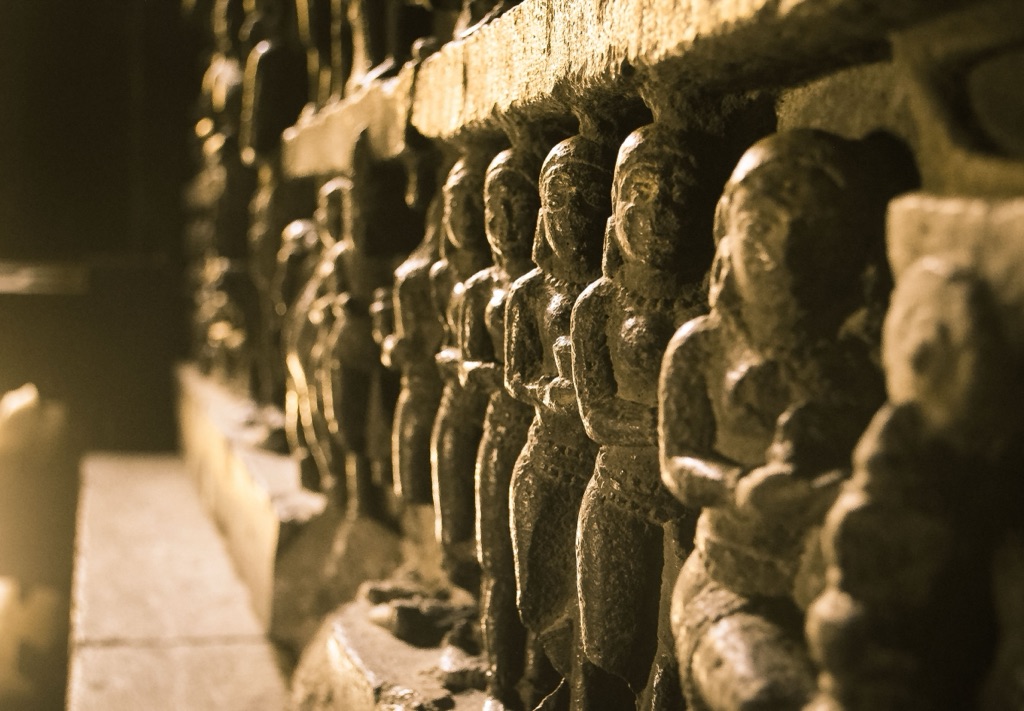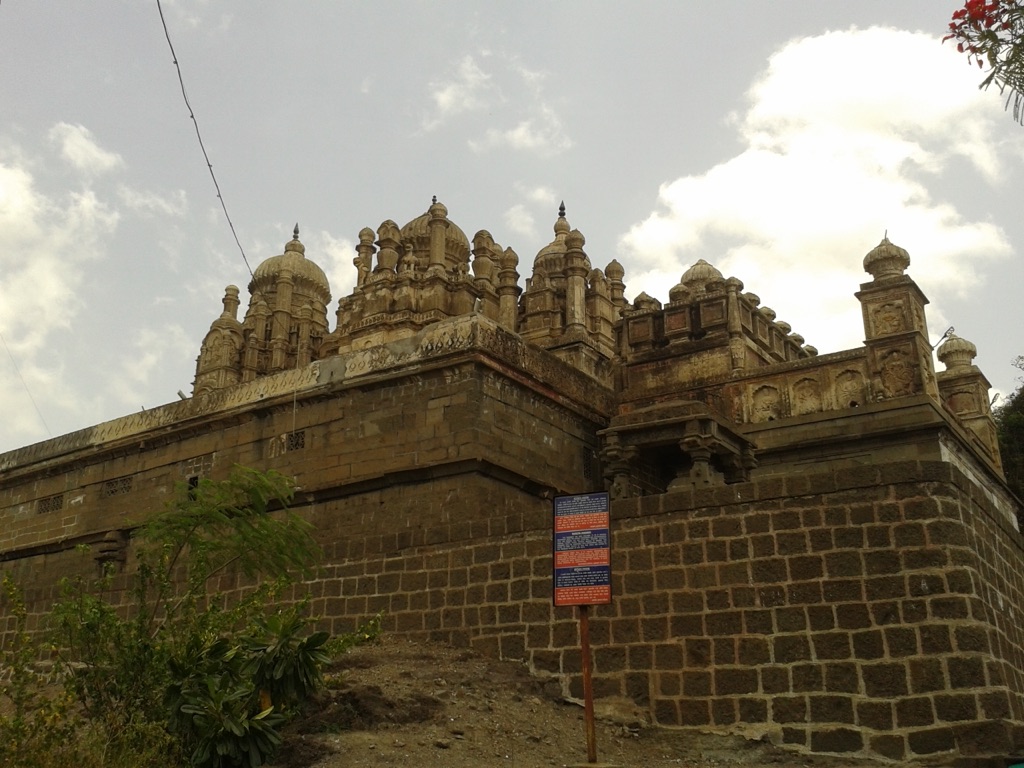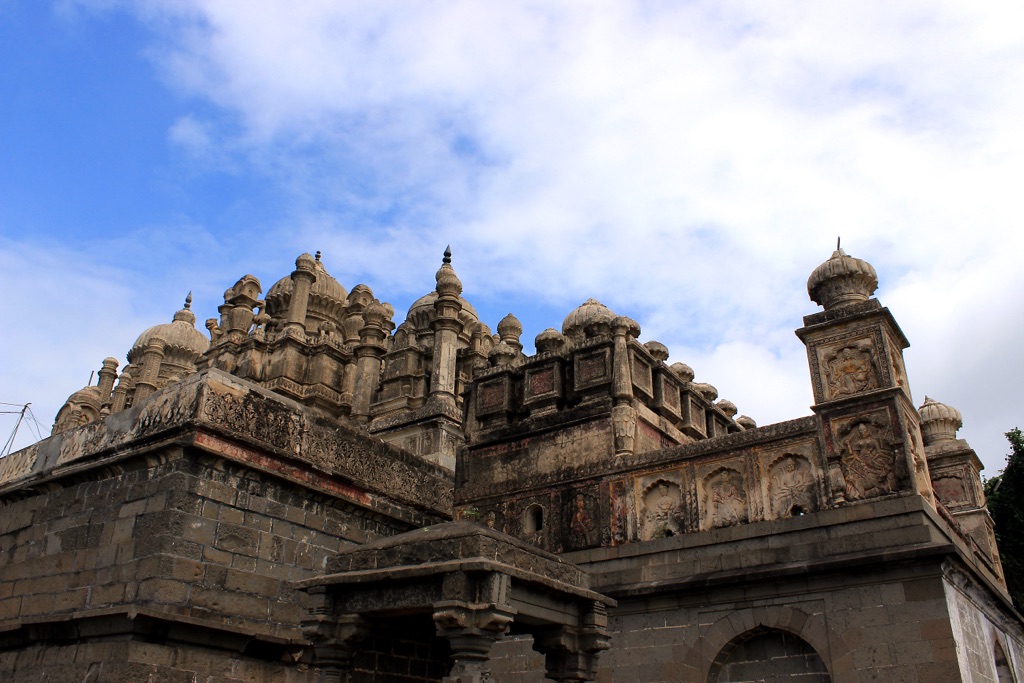The Bhuleshwar Temple is a historic Hindu temple dedicated to Lord Shiva. It stands majestically on a hill in the Pune district of Maharashtra, India. Known for its exquisite carvings and unique architecture, the temple dates back to the 13th century. It is a fine example of the medieval period’s architectural prowess. The temple’s location provides a panoramic view of the surrounding countryside, which adds to its allure and mystique. Over the years, Bhuleshwar has attracted not only devotees but also history enthusiasts and art lovers.
Get your dose of History via Email
Historical Background of Bhuleshwar Temple
The Bhuleshwar Temple has a rich tapestry of history woven into its very stones. It was built during the era of the Yadava Dynasty in the 13th century. The temple was originally a fort called Mangalgadh. Legend has it that it was later converted into a temple by devotees. The exact details of its discovery are not well-documented, but it has been a site of continuous worship and cultural significance for centuries.
King Krishnadevaraya is often credited with commissioning the temple, although this is subject to historical debate. The temple’s intricate carvings and architecture suggest it was the work of skilled artisans of the time. It has survived the ravages of time, including invasions and natural wear, to stand as a testament to the era’s devotion and craftsmanship.

Throughout its history, Bhuleshwar has seen various changes in its structure and idols. It has been said that the temple was hidden under a pile of sand until it was discovered. This was possibly a protective measure against invasions. The temple has also been associated with the legend of Parvati’s tapasya (penance) to Shiva, which adds a layer of mythological significance to its existence.
While not the scene of any major historical events, Bhuleshwar Temple has been an important regional landmark. It has served as a beacon of spirituality and culture. The temple has witnessed countless pilgrimages and has been a part of the local community’s life for generations.
Despite its historical significance, Bhuleshwar remains somewhat off the beaten path for tourists. This has helped preserve its original charm and authenticity. The temple continues to be a place of worship and is an integral part of the local cultural heritage.
About Bhuleshwar Temple
Bhuleshwar Temple stands out for its remarkable architecture. It is a classic example of the medieval Deccan temple architectural style. The temple is made of basalt rock, which gives it a unique appearance and has allowed it to withstand the test of time.

The temple’s entrance is a high point, featuring a Nandi mandapa, which is a hall dedicated to Nandi, the bull mount of Lord Shiva. The carvings on the temple walls are intricate and depict various Hindu deities and mythological scenes. These carvings are not only religiously significant but also offer insight into the artistic sensibilities of the time.
One of the architectural highlights of Bhuleshwar is its circular sanctum, which is uncommon in Hindu temple architecture. The sanctum is surrounded by a circular path for devotees to perform pradakshina, a form of worship involving circumambulation. The temple’s design integrates natural light ingeniously, creating an ethereal atmosphere during certain times of the day.
The temple’s construction technique is a marvel in itself. The builders used a method known as ‘ashlar masonry,’ where finely cut stones are set without mortar. This technique has contributed to the temple’s longevity and stability over the centuries.
Despite the wear and tear of time, the temple’s structure remains largely intact. The Bhuleshwar Temple is not only a place of worship but also a significant architectural landmark that showcases the ingenuity and skill of ancient Indian builders.

Theories and Interpretations
Several theories surround the Bhuleshwar Temple, particularly regarding its original purpose and the transition from a fort to a temple. Some believe that the temple was built to protect the idol of Lord Shiva during times of conflict. This theory is supported by the temple’s strategic hilltop location, which would have been ideal for defense.
The temple’s carvings are open to interpretation, with some scholars suggesting they represent stories from the Puranas, ancient Hindu texts. The presence of Buddhist cave art nearby has led to speculation about the temple’s connection to Buddhist traditions, although it is primarily Hindu in its iconography and worship practices.
Mysteries also shroud the temple, such as the hidden passages rumored to exist within its structure. These passages have not been fully explored, leading to speculation about their purpose and contents. The temple’s conversion from a fort to a place of worship is another aspect that intrigues historians and archaeologists alike.
Dating the temple has been a challenge, but the architectural style and inscriptions suggest it was built in the 13th century. Carbon dating and other modern archaeological methods have not been extensively applied, leaving room for further research and discovery.
The interpretations of Bhuleshwar Temple’s history and purpose are a blend of historical records, local lore, and scholarly conjecture. This mix adds to the temple’s allure and makes it a fascinating subject for further study.
At a glance
- Country: India
- Civilization: Yadava Dynasty
- Age: 13th century AD
Conclusion and Sources
- Wikipedia: https://en.wikipedia.org/wiki/Bhuleshwar_Temple
- Archaeological Survey of India: http://asi.nic.in

